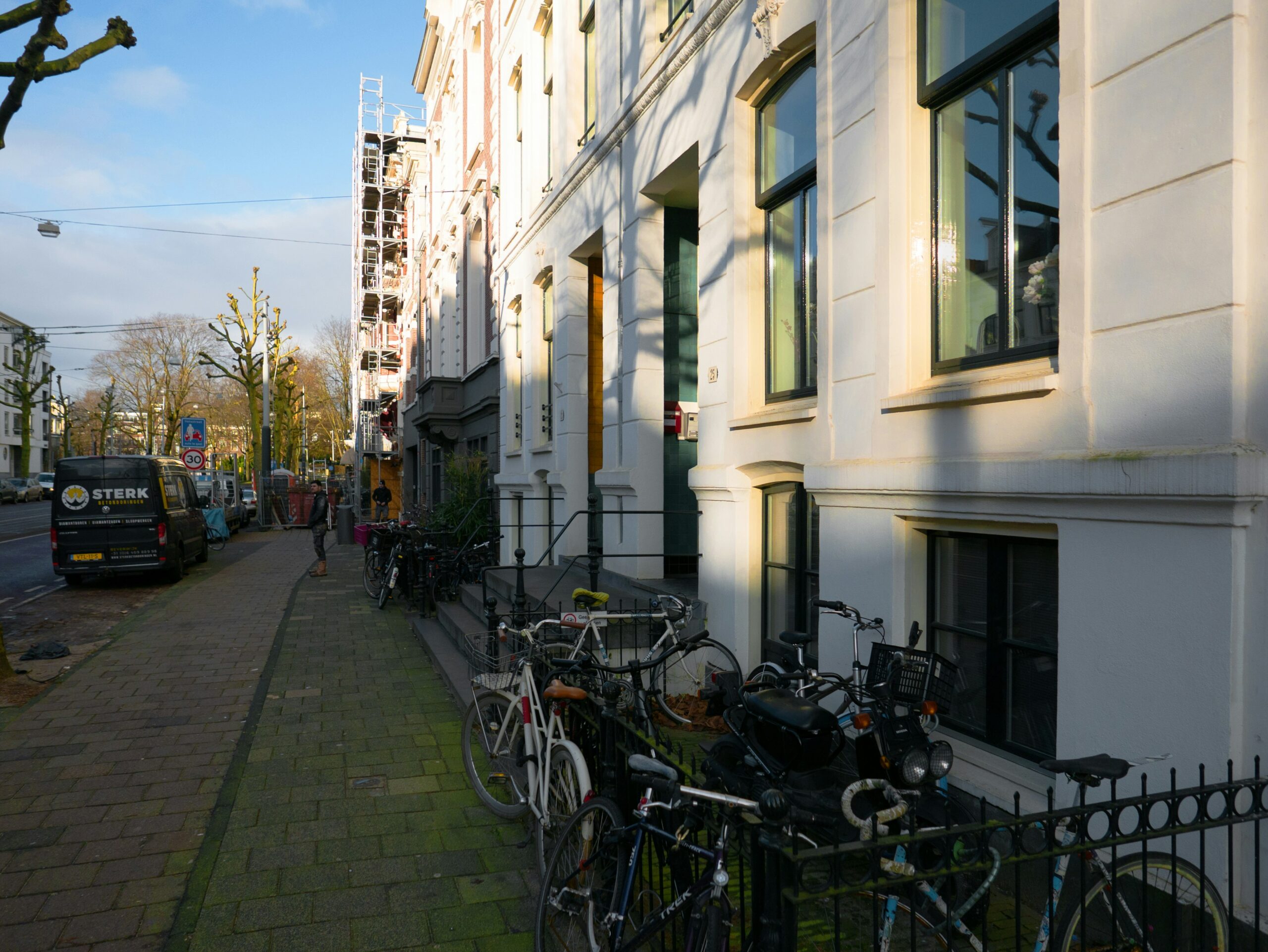As the UK housing market adapts to ongoing economic fluctuations, understanding the relationship between interest rates and housing demand is crucial for property investors. The recent changes in monetary policy by the Bank of England, particularly regarding interest rates, are set to shape the landscape for property investment in the coming months.
Current Interest Rate Landscape
As of September 2024, the Bank of England has maintained a cautious approach to interest rate adjustments. With rates currently at 5.5%, the central bank aims to balance controlling inflation while fostering economic growth. Recent inflation trends indicate a gradual decline, but it remains above the Bank’s target of 2%. This backdrop raises essential questions for potential investors regarding housing affordability and the sustainability of property prices.
The Impact of Rising Interest Rates
Historically, rising interest rates tend to dampen housing demand, primarily due to increased mortgage costs. As lenders pass on the cost of borrowing to consumers, potential buyers face higher monthly repayments, which can deter new buyers from entering the market. Consequently, this may lead to a slowdown in property sales and affect overall house price growth
For instance, the ongoing fluctuations in the housing market have already resulted in a cooling off period for some areas, particularly for properties priced above the average market level. Reports indicate that average house prices saw a slight decline of 0.6% over the first quarter of 2024. This trend raises concerns for investors about whether now is the right time to enter the market.
Housing Demand: What to Expect
Despite the challenges posed by rising interest rates, certain segments of the housing market may continue to see demand. First-time buyers, who often rely on government support and lower borrowing costs, might be less affected than those in the higher end of the market. Additionally, the ongoing housing shortage in the UK may sustain demand, particularly for properties in desirable locations.
Moreover, there has been a notable increase in rental demand, driven by affordability issues among potential buyers. As many individuals opt to rent rather than purchase, this shift creates opportunities for investors looking to expand their buy-to-let portfolios. With rental values showing robust growth—up by 6.9% annually in certain regions—investors can still find profitable opportunities.
Strategies for Investors in a High-Interest Environment
- Focus on Cash Flow: Investors should prioritise properties that generate positive cash flow, as these assets will be more resilient in a higher interest rate environment. Look for properties in areas with strong rental demand and good yield potential.
- Consider Long-Term Investments: The current landscape may favour long-term investments over short-term flips. Holding properties through potential market fluctuations can be advantageous as demand rebounds and property values increase over time.
- Explore Alternative Financing Options: With higher interest rates, investors might consider alternative financing options such as fixed-rate mortgages or even partnerships that can mitigate risks associated with variable rates.
- Stay Informed: Keeping an eye on economic indicators and monetary policy changes will help investors make informed decisions. Understanding the broader economic context will enable better timing for investments.
The interplay between interest rates and housing demand presents both challenges and opportunities for investors in the UK property market. While rising rates may dampen some segments of demand, strong rental growth and ongoing housing shortages provide avenues for profitable investment. By staying informed and adapting strategies accordingly, property investors can navigate the complexities of the current market landscape. As the Bank of England continues to adjust its policies, those who remain vigilant will be best positioned to capitalise on emerging opportunities in the housing sector. Contact us for more information.




